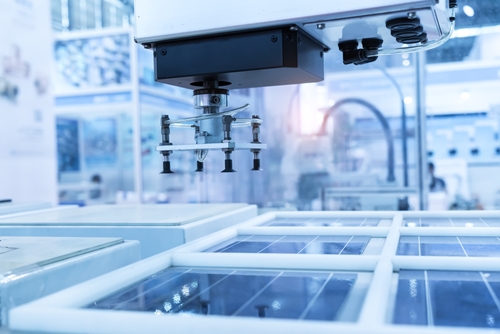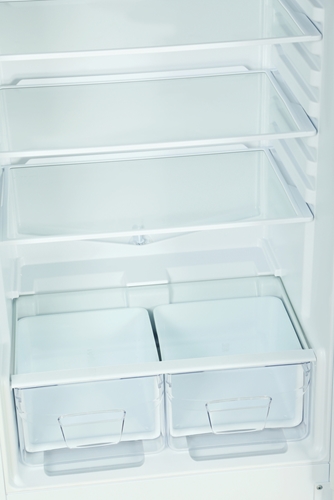

- Contributions by industrial experts with engineers in mind
- Focused on specialty-chemical material applications and selection
Knowledge Center
Lubricants In-Depth: Anti-Friction Coatings

Anti-Friction Coatings for Lubricants
Anti-friction coatings for lubricants provide high-load carrying and are ideal for high-heat and relatively low-speed applications. They can be used to increase the life span and prevent the fretting and galling of metal parts.
Anti-Friction Coatings are solid lubricants that are dispersed in paint-like liquids. These coatings allow solid lubricants to be applied to surfaces evenly and provide long-lasting lubrication, often in conjunction with other lubricants like greases, pastes or oils. AF coatings work as all lubricants do, by filling in uneven areas (asperities) of a surface on a microscopic level that would normally interfere, particularly under load. AF coatings make an excellent choice for parts which would be difficult to access or apply lubrication to regularly.
Types of anti-friction coatings
AF Coatings are made of a solvent or carrier and solid lubricant, as well as other additives in some cases. These additives may be added to inhibit rusting and corrosion or provide other protection, such as from moisture and dust. The most common solid lubricants in AF coatings are Graphite, Molybdenum disulfide (MoS2) and Polytetrafluorethylene (PTFE).
- Graphite - Graphite has a very high operating temperature - it can continue to provide lubrication in environments up to 600C. This lubricant performs well (or even better) in moist environments, and is somewhat electrically conductive. Graphite can also be combined with MoS2 to provide the advantages from both.
- MoS2 - MoS2 offers excellent lubricating performance and can operate over a wide temperature range, -180C to 450C. MoS2 can also operate in a vacuum and provides excellent adhesion to metal surfaces.
- PTFE - PTFE is an extremely good lubricator but cannot operate under the extreme high loads or temperatures that MoS2 and graphite are able to. PTFE will operate in temperatures up to about 260C.
The types of carrier, and other additives that make up the rest of the AF coating vary depending on the application they will be used for.
"Anti-friction coatings are often used in high-load carrying, high-heat and relatively low-speed applications."
How are anti-friction coatings applied?
AF coatings can be applied in all the ways paints are usually applied - brushing, dipping, spraying, centrifuging and printing. Each method has advantages and drawbacks that make them suited to particular applications.
Surfaces must be prepared to ensure AF coatings are properly applied. This includes usual steps like degreasing and drying, as well as sandblasting. Some surfaces require additional preparation. AF coatings must undergo curing, either under heat or at room temperature, depending on formulation. This process allows coatings to provide a long-lasting anti-friction barrier that is essentially burnished into the surface.
Uses of anti-friction coatings
Anti-friction coatings are often used in high-load carrying, high-heat and relatively low-speed applications. They can be used to increase life span and prevent fretting and galling of metal parts including threaded connections. In addition to reducing wear, they have the advantage of reducing noise, of particular importance in automobiles. Other applications include splines and other linkages, cutting tools, running in and operation of gears, pistons and press fitting.






